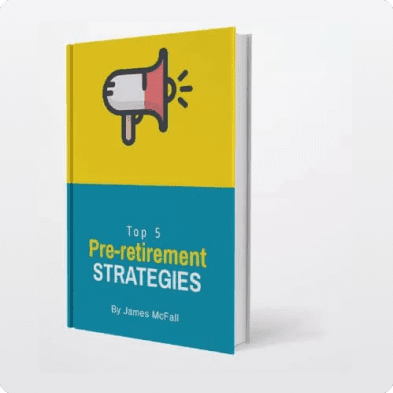The changes to superannuation in 2021 have now come into effect with the new financial year as of the 1st of July.
There is now an increased ability for individuals to contribute to superannuation throughout their working lives, to support a comfortable lifestyle in retirement.
Some of these strategies can be implemented at any stage of life, and could assist with big growth to your nest egg for retirement, if harnessed to their full potential.
If you think that you would be able to apply these to your financial plan but are unsure of the most effective way to do this, contact our financial planners with any questions you might have, and we will see how these can assist you and your future goals.
1. Increase in the Superannuation Guarantee
Effective as of the 1st of July 2021, the Superannuation Guarantee will increase from 9.5% to 10%, and will continue to increase by 0.5% each year until it reaches 12% in 2025.
This is relevant to both employees who will now be receiving an increased amount into their superfunds, and employers who will now have to increase the amount paid into super for all employees.

2. Concessional Contributions to Superannuation will Increase
Changes to superannuation in 2021 also mean that concessional super contributions, those that are made before tax, such as through salary sacrifice, will have the total amount allowed to be contributed increased.
As of July 1st 2021, the concessional super contribution cap will index up from $25,000 to $27,500, allowing a larger contribution towards a retirement nest egg.
3. Non-concessional Contributions to Superannuation will Increase
The annual non-concessional cap will be increased through indexation as of the 1st of July 2021 to $110,000 per annum from the previous $100,000.
These are contributions that are made after tax is paid.
Utilising the bring forward rule means that you may now be eligible to contribute up to $330,000 in one lump sum. This is best assessed after proper financial planning advice.
4. Transfer Balance Cap Increased
The limit for how much super can be transferred into a tax-free retirement account has been indexed up to $1,700,000 from $1,600,000.

From the start of the new financial year, this indexation will only apply to unused transfer balance caps, and will affect how much you can have in your draw down phase of your retirement fund.
For people that have already commenced a retirement pension, this indexation will be limited to the amount that is still unused.
For further information on how this applies to you and your retirement financial plan, contact your financial planner to see how this can assist you.
5. Indexation of Total Super Balance
Your total super balance is used to determine your eligibility for policies in superannuation, such as non-concessional super contributions and the bring-forward rule.
As such, your ability to make non-concessional super contributions will be affected if you are at the $1,700,000 mark.
From the 1st of July 2021, the total superannuation balance that limits you from some measures will increase from $1,600,000 to $1,700,000.
6. Extension of the Temporary Reduced Pension Rate
This will apply from the 1st of July 2021 – 30th of June 2022 and is due to Covid-19.
The temporary reduction in required pension payments will extend for an additional financial year.

This will assist retirees with account-based pensions the most and provide eligible retirees with cashflow that can sustain them. It is also a great strategic consideration as part of a well-considered financial plan.
7. The Bring-Forward Rule Extended to Age 66
Eligibility to utilise the bring-forward has now been extended to the age of 66 as of the 1st of July 2021.
The maximum contribution is $330,000 which includes indexation on non-concessional contributions to super. Further information on the bring-forward rule can be found here.
8. Self-Managed Super Fund Member Increase
As of the start of this financial year, the maximum allowable members in a self-managed super fund will be increased from 4 to 6.

9. Extending Access to Downsizer Contribution
Eligibility to the downsizer super contribution scheme will now extend to those who are 60 and above, rather than the previous age of 65 or above.
This will allow for those who are wishing to downsize their home at the time of retirement to be able to contribute up to $300,000 to super through the sale of their property.
Yield Financial Planning is Here to Help
Some of these changes to superannuation in 2021 will be irrelevant to you, but some could be incredibly effective in improving your nest egg for retirement and have minimal impact on your current financial position.
Having a financial advisor that understands you and what you are trying to achieve will mean someone is implementing strategies that will help you provide for the retirement lifestyle you have set out for.


















